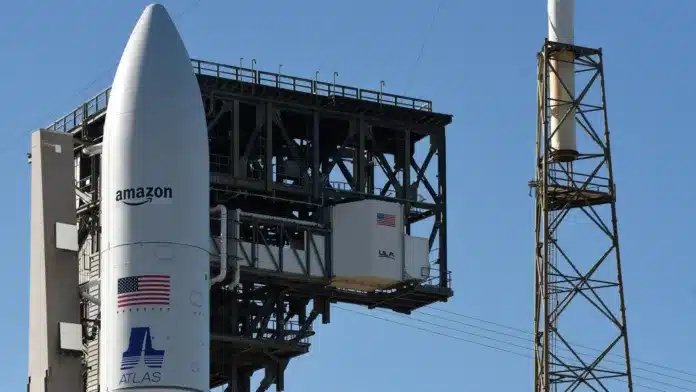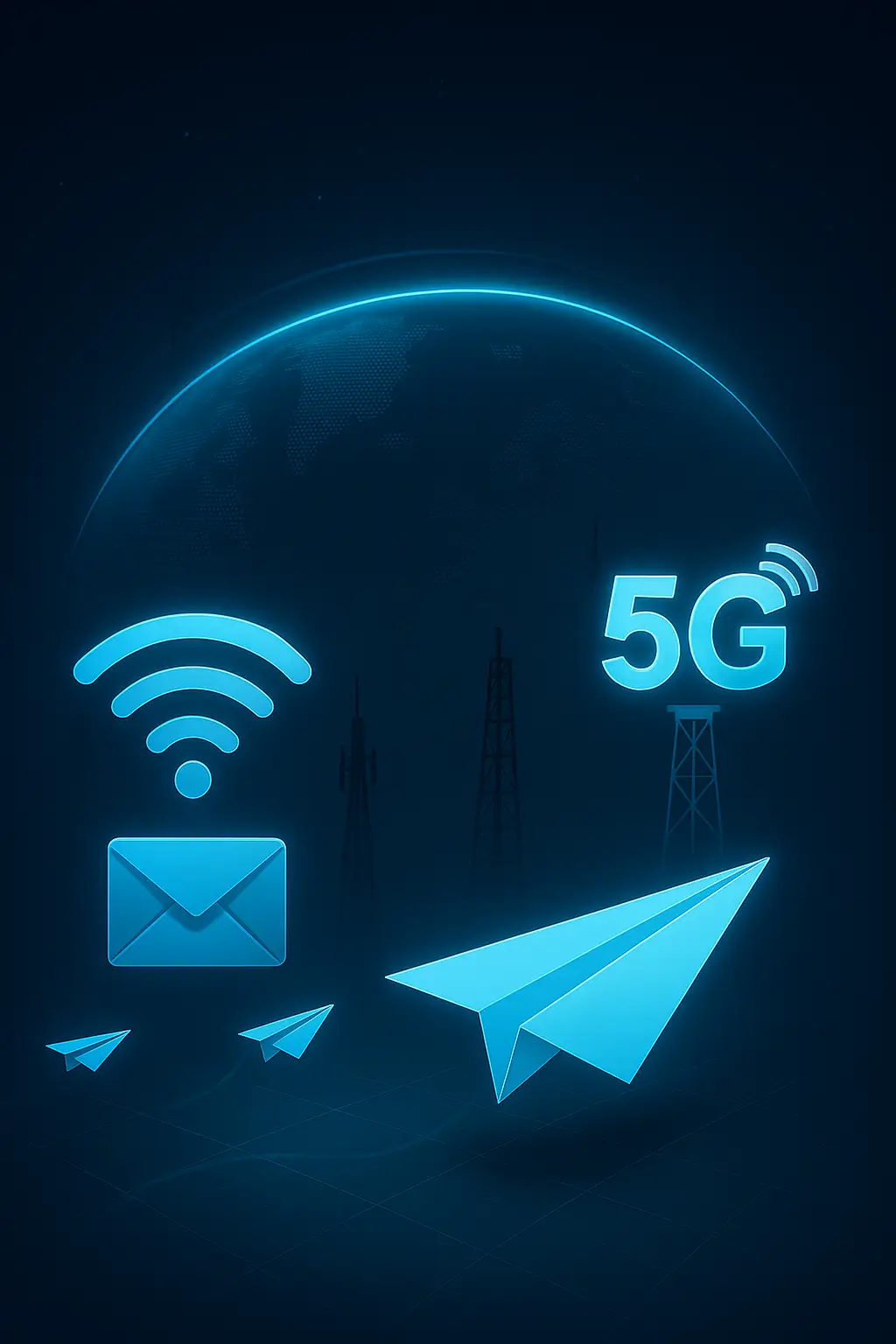A New Player in the Satellite Broadband Race — What It Means for the Future of Global Connectivity and 5G Integration
Amazon is officially entering the satellite broadband race, launched the first operational satellites for its Project Kuiper on, April 9, 2025, from Cape Canaveral, Florida.
This move positions Amazon as a direct competitor to Starlink, SpaceX’s well-known LEO (Low Earth Orbit) satellite constellation — and it’s a development telecom professionals can’t afford to ignore.
🌍 Why It Matters for the 5G and Telecom Community
At 5GWorldPro, we follow closely how satellite internet is evolving as a complementary solution to terrestrial 5G. Initiatives like Project Kuiper are designed to extend broadband access to underserved or remote regions, areas where traditional mobile infrastructure is either not viable or too costly.
📡 LEO satellite constellations are becoming strategic enablers for:
-
Expanding rural 5G coverage
-
Supporting emergency communication backhaul
-
Enabling IoT and remote industrial use cases
-
Complementing private networks and FWA (Fixed Wireless Access)
With more than 3,200 satellites planned, Amazon’s long-term vision is to provide low-latency, high-throughput global broadband, a critical infrastructure layer that could one day interoperate with terrestrial 5G and even 6G networks.
Benefit from Massive discount on our 5G Training with 5WorldPro.com
Start your 5G journey and obtain 5G certification
contact us: contact@5GWorldPro.com


